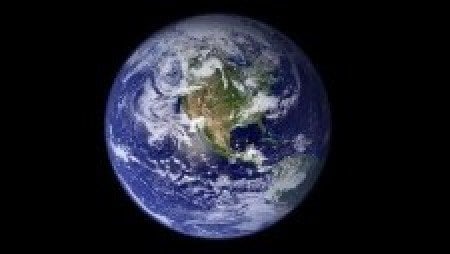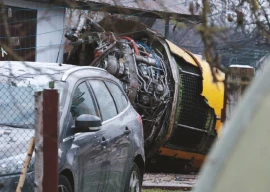
Instead, the professor reveals that planet Theia slammed into Earth so hard that the planets melded together and a small chunk that broke off in that collision formed the Moon.
The reasoning provided by professor Young’s team is that if the traditional hypothesis were true, the Moon should have a chemical composition made up of Theia. However, upon examination of the oxygen isotopes of the Moon, they were unable to find any such chemical composition.
'Doomsday' clock remains at three minutes to midnight
“We don’t see any difference between the Earth’s and the Moon’s oxygen isotopes, they’re indistinguishable,” said the professor.
He added, "Theia was thoroughly mixed into both the Earth and the Moon, and evenly dispersed between them.”
Gene-editing is Science mag's breakthrough of 2015
The collision between Theia and Earth would have taken place approximately 100 million years after the initial formation of Earth, some 4.5 billion years ago.
This article originally appeared on Metro.co.uk

















COMMENTS (9)
Comments are moderated and generally will be posted if they are on-topic and not abusive.
For more information, please see our Comments FAQ